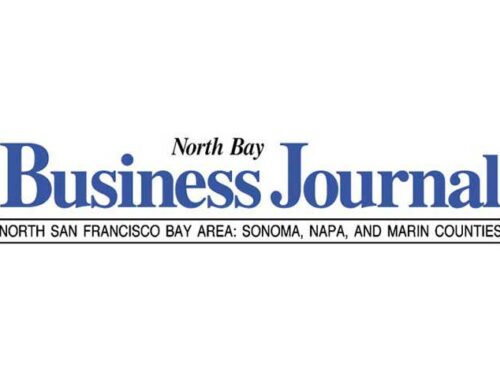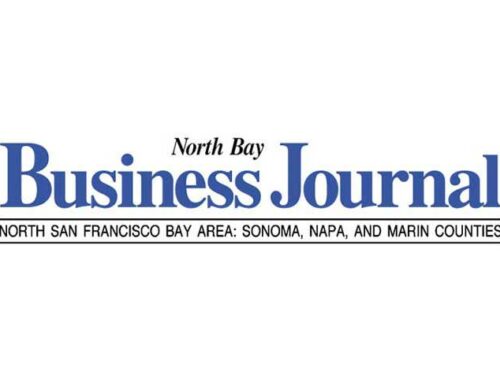
THE NEW RETIREMENT: A PARADIGM SHIFT
February 22, 2016
BY GLORIA DUNN-VIOLIN
Aging workers are challenging the traditional definition of retirement by continuing to work—even though ageism and old rules prevent companies from hiring or retaining this productive and experienced group. No longer willing to wait for employers to invest in their talents, people over 50 are exiting the formal workplace to become entrepreneurs. In fact, businesses started by those ages 55 to 64 accounts for nearly one-fourth of all new businesses.
While these individuals become excited by the challenge of starting their own company, employers are losing out on innovative talent. An article in The New York Times titled “Why Innovators Get Better With Age” stated that “a 55-year-old and even a 65-year-old have significantly more innovation potential than a 25-year-old.” The article by Benjamin Jones of Northwestern University goes on: “If an organization wants innovation to flourish, the conversation needs to change from severance packages to retention bonuses. Instead of managing the average age downward, companies should be managing it upward.”
This was confirmed when one of Germany’s largest companies had a researcher examine its system for continuous improvement, expecting the findings to back up its policy of pushing workers into early retirement. The numbers, however, showed that older workers not only had great ideas for making procedures and processes more efficient, but their innovations also produced significantly higher returns for the company than those of workers in younger age groups. Birgit Verwonk, a Dresden University of Applied Sciences economist and author of the study, says the findings were so surprising for the company (which wasn’t named in the study) that it is now phasing out its early retirement program.
At the same time, Duke University scholar Vivek Wadhwa, who studied 549 successful technology ventures, tells us that older entrepreneurs have higher success rates when they start companies. Although true of all industries, she focused on technological fields. She said these older workers have accumulated expertise and deep knowledge of their customers’ needs. They also have developed a network of supporters (often including financial backers). “Older entrepreneurs are just able to build companies that are more advanced in their technology and more sophisticated in the way they deal with customers,” she added.
Overall, the 50-plus generation will be making major contributions to the global economy for decades to come as they use their skills to innovate and develop products and services to meet the needs of their peers. They understand this growing marketplace and how to produce deliverables that sell.
That’s not to say that entrepreneurship is a new phenomenon. The founders of McDonald’s, Coca Cola and Kentucky Fried Chicken were all over 50 when they established their businesses.
Here are three of the many successful examples of aging entrepreneurs:
Carol Gardner, Zelda Wisdom
After getting a dog at the age of 52, Carol Gardner won a local Christmas card contest with a picture of the dog and a funny quip. The win inspired Gardner to start a greeting card company, which she named after her dog, Zelda. In 2010, Zelda Wisdom was valued at roughly $50 million.
Harland David Sanders, Kentucky Fried Chicken
When Harland Sanders reached the age of sixty-five, after running a restaurant for several years, he found himself penniless. With perseverance, he opened the first KFC franchise in Utah in 1952. By 1964, Colonel Sanders had 600 “Kentucky Fried Chicken” franchises selling his trademark chicken. At that time, he sold his company for $2 million dollars but remained as a spokesperson. Today, KFC has over 18,800 outlets in 118 different countries and territories.
Leo Goodwin, GEICO
GEICO, or the Government Employee’s Insurance Company, is now a well-known car insurance brand. In 1936, at the age of 50, Leo founded GEICO in Washington, D.C. In 1940, after operating in the red for several years, the company realized its first profit. In 1948, GEICO became publicly owned and now has assets of nearly $7.3 billion. Today, GEICO employs over 27,000 people and has over 14 million policyholders.
Without more organizations willing to change retirement policies and develop inclusive norms that eliminate ageism, older workers will continue to take their skills, experience and energy with them to new ventures. As life expectancy increases for the over-60 population, and the birth rate drops for younger workers to replace them, the 20th-century model of work and retirement will become increasingly unsuitable for economic growth. The key to keep companies alive will be finding new solutions to engage older people to work in existing companies.
In the meantime, entrepreneurship is growing. Not only will today’s aging population become successful, but they will lead the way to a new type of company.
The New Retirement: A Paradigm Shift (NorthBayBusinessJournal.com/ NewRetirement) is a recurring column by Gloria Dunn-Violin (415-259-7090, havingalifenow.com, [email protected]). She is a professional speaker, certified retirement life coach, and a business consultant through her company, Having a Life After Making a Living. She has over 25 years experience in organizational behavior and development as a trainer, facilitator, consultant and coach. She also advises financial, insurance, and other businesses on how to provide their clients and employees with meaningful advice about aging and retirement.




